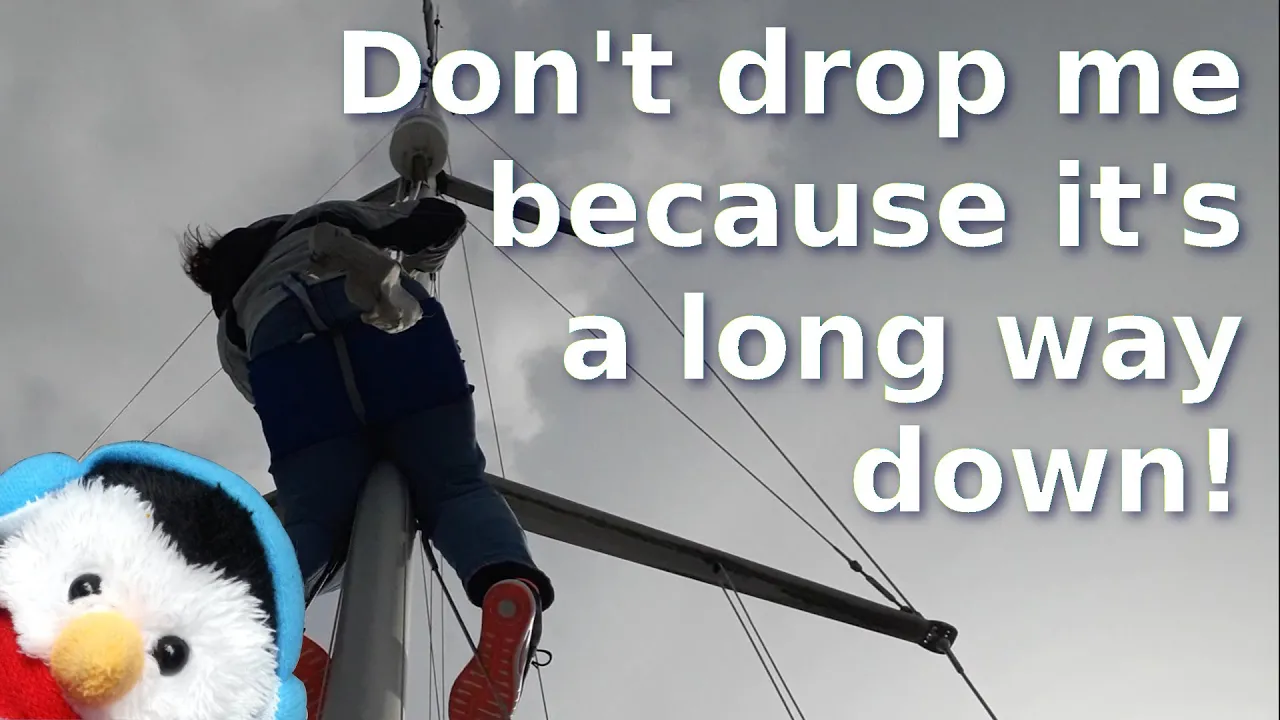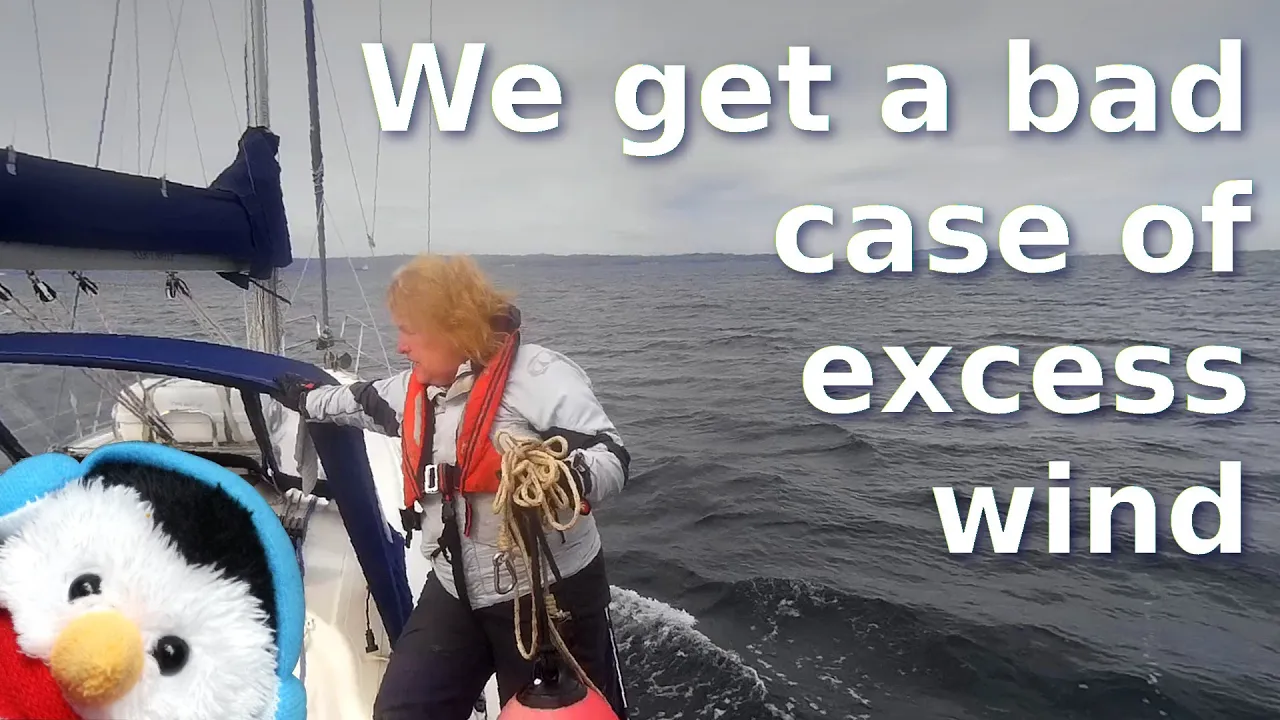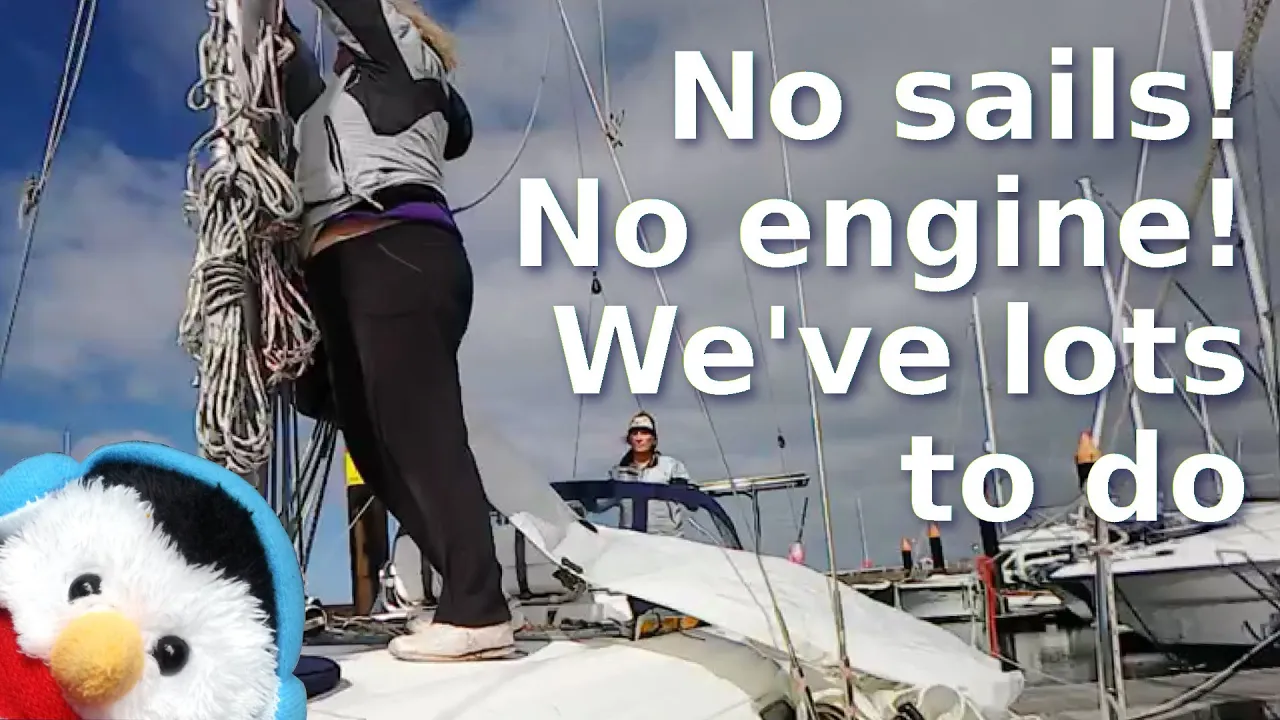After finding a total of five fire extinguishers on board Salty Lass, I decided to get them all checked out and to find out exactly what the recommendations are for boats.
We got our fire extinguishers checked out by a local company called Jackson Fire and Security who came out to Salty Lass, to do their checks. We were charged £30 for the call out and another £6.50 for each extinguisher, however four of the extinguishers were condemned as they turned out to be the originals that came with the yacht in 2002, so they agreed not to charge us for these. I put one of the extinguishers to good use by using it at the local fire station. I was surprised by the amount of powder that was produced and if I needed to use one in real life, I would need an escape plan of how I was going to get out of the yacht.
Once we found out that all the extinguishers except one was duff, we set out to find out exactly what the recommendations for a sailing vessel are
Types of fire
There are several types of fire which have been classified into groups:-
A) Solids like paper, wood, bedding etc
B) Fires involving liquids such as oil and petrol
C) Fires involving gases
D) Fires involving metals
F) Cooking oil and fat fires
Electrical fires are not included within this list as they recommend that you turn off the boats electrical circuits then deal with the type of fire from the list.
Types of fire extinguishers
There are several types of fire extinguishers and the different types work well for the different fires
- Water – Only use on A type fires, there is plenty of that in the sea, so make sure you have a bucket that sinks on your boat
- Powder – Good for A, B and some C fires. Very messy and not good for your engine.
- Foam - If you get this make sure that you get the type of foam that is suitable for B type fires, as some foam is only suitable for A type fires
- CO2 – Need to get quite a big extinguisher to deliver the power required to meet the recommendations.
Fire fighting Power requirements
As well as being classified for the types of fire they can tackle, fire extinguishers are categorised to indicate their fire fighting power.
For type A fires, the classification indicates how close you need to be to the fire, so for a classification of 5A then this means that you need to be standing 0.5m away from a fire measuring 50cm x 56cm, while 13A means that you can be standing 1.3m away from the same size fire. while for type B fires the classification indicates the volume of liquid used in the test, so for a classification of 89B then 89litres of fuel was used in the test.
Recommendations
Please Note: The UK Merchant Shipping Regulations do not mandate fire extinguishers on private pleasure craft of less than 13.7m in the UK, unless they are required to have a valid Boat Safety Scheme certificate.
However, I thought that having the correct level of fire extinguishers on board would be prudent.
|
Boat Length overall |
|
No of extinguishers |
|
Combined Rating |
| Under 7m | 2 | 10A/68B | ||
| 7-11m | 2 | 13A/89B | ||
| Over 11m | 3 | 21A/144B |
Now Salty Lass measures about 11m and I had an extinguisher on board with a rating of 5A/34B, so to meet the requirements of a 11m vessel I needed to purchase one more extinguisher with a combined rating of 8A/55B
Other extinguishers
These ratings do not include any specialist extinguishers like one in the engine compartment. After using a powder extinguisher and finding out just how corrosive they are for engines, we went for the more expensive residue free type.
For more information visit the RYA web site
https://www.rya.org.uk/knowledge-advice/safe-boating/look-after-yourself/Pages/fire.aspx













